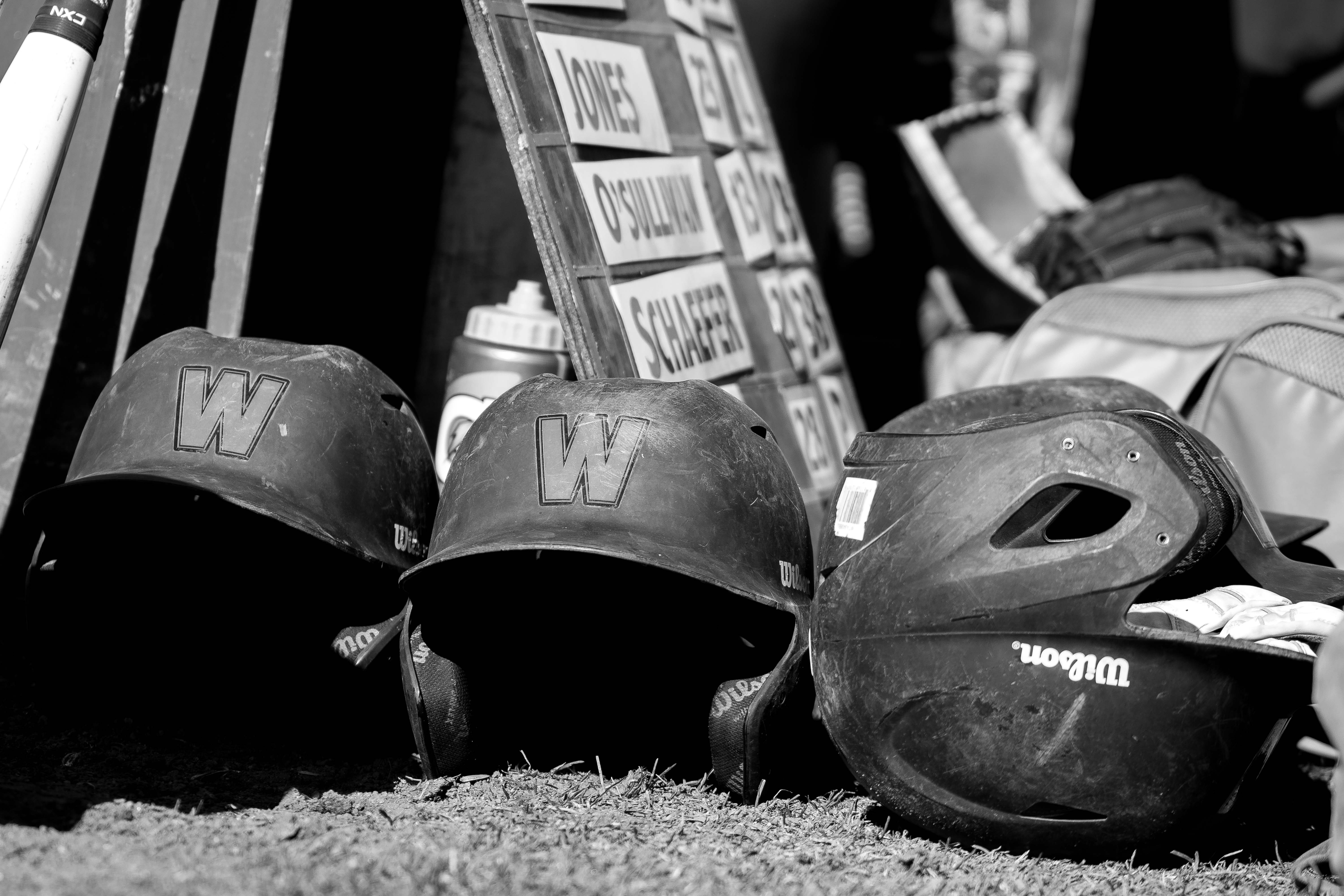
Baseball’s storied tradition, reputation for professionalism, and emphasis on sportsmanship all helped turn it into America’s pastime. One hundred and thirteen years later, Major League Baseball (MLB) has demonstrated an unwillingness to improve its entertainment value by compromising on some of its idealistic self-identification, even in the face of waning popularity. Behind this head-scratching stubbornness is a thinly veiled attempt to preserve what many of the game’s old-timers truly value: its cultural whiteness. Though the game has long been integrated, the MLB is in the midst of a quieter, subtler war over baseball’s ethnic ownership.
In 1947, Jackie Robinson famously shattered baseball’s color barrier by becoming the first black player to appear in an MLB game. Though some have portrayed this as the moment at which racism in baseball died, the sport’s complicated relationship with race was far from over. Most teams caught up quickly, integrating in the next few seasons. Others were more resistant. For example, Boston Red Sox owner Tom Yawkey refused to integrate his team, and was not overruled until 1959.
Since then black players have become commonplace in the MLB, as have those of Latino descent. In 2015, only 59 percent of MLB players were white as opposed to 85 percent when the Red Sox integrated 66 years earlier. Accordingly, nonwhite cultural practices are becoming increasingly prevalent in clubhouses, especially those of the Latino players who now comprise almost a third of the league. This change is not sitting well with all of the baseball community.
Latino players at large have a reputation for playing with more flash and outward enthusiasm while showing less deference to the game’s unwritten honor code. There is certainly logical explanation for this; due to America’s relative wealth as a country, international players are more likely to have grown up in poor settings, and therefore less likely to have learned the game in an organized setting. A pickup game at a park between local children is far less likely to have a strict honor code than Little League baseball and is naturally going to place more value on showy plays and entertainment value. Rightfully or not, the perception that Latino players are less tied to baseball’s traditional values has existed since the days of Juan Marichal, Luis Tiant, and Orlando Cepeda and has only gained traction for most of the 2000s.
Despite decades of this subtle conflict between theatrics and tradition, the court of public opinion has only recently begun to gently push back against the latter. Much of this shift can be attributed to rising superstar Bryce Harper. Harper, the reigning NL MVP, is a white outfielder who has adopted the mindset and play-style typically attributed to Latinos. He speaks brazenly to the media, and backs up his antics with a pretty swing and glitzy diving catches. This spring, he appeared at an after-game press conference wearing a hat that read “Make Baseball Fun Again,” an obvious jab at those who have condemned his uninhibited behaviors on and off the field. Harper’s sentiments have since been echoed both explicitly and implicitly by superstars like Jose Bautista, Joey Votto, Carlos Correa, and David Ortiz. Most importantly, though, Harper’s combination of talent, skin tone, and youth has lent him credence to young fans who may have typically fallen into the bracket of baseball traditionalists. Now that a non-Latino superstar has so publicly and unequivocally adopted their ethos, its racial ties have significantly loosened.
Though Harper and his allies have certainly made progress, particularly with the younger subset of the game’s fandom, many baseball traditionalists have condemned the “Make Baseball Fun Again” attitude. In the 2015 playoffs, Bautista celebrated a game-winning home run with an ostentatious bat flip that typified the showiness for which Latino players have become known. While some of the baseball community expressed their appreciation for Bautista’s flair for the dramatic, others harshly condemned the celebration. Hall of Famer Goose Gossage, for one, attacked both Bautista and New York Mets star Yeonis Céspedes, who is often accused of disregarding baseball’s honor code.
“Bautista is a fucking disgrace to the game,” Gossage told ESPN in March. “He’s embarrassing all the Latin players, whoever played before him. Throwing his bat and acting like a fool, like all those guys in Toronto. Céspedes, same thing.”
Though Gossage is less guarded in his language than most of his supporters, his sentiments are quite common, particularly in his circle of the game’s white, older alumni. The racial expectations are poorly disguised at best: Latinos must act white, or be pounced on by the guard dogs of baseball’s treasured purity.
This difference is not irreconcilable. MLB’s newly appointed commissioner Rob Manfred inhabits a position that is typically associated with deference to baseball’s traditionalism, but has made strides towards legitimizing the ethnicity of Céspedes and other Latinos. Manfred recently sponsored a player-initiated movement dubbed “Ponle Acento,” which urged teams to respect their players’ heritage by including accent marks on jersey names. That this practice has only recently become widespread is shocking, but it at least indicates that Manfred and perhaps other executives are willing to accept and embrace baseball’s increasingly diverse racial landscape.
This progress is encouraging, but the game’s current racial divide is still far from acceptable. Gossage and other traditionalists, be it out of ignorance or spite, are not only contributing to the league’s declining popularity but are also perpetuating racist standards, language, and practices. If the MLB wishes to remain America’s national pastime, then it must accept the country’s ever-growing heterogeneity and put an end to its long reign as America’s least racially inclusive sport.


Leave a Reply